*
I’m planning on repainting my house this spring,
and was wondering if pressure washing the peeling
paint would do more harm than good.
If pressure washing would be worth while, would
i have to follow it with a sander?
Discussion Forum
Discussion Forum
Up Next
Video Shorts
Featured Story
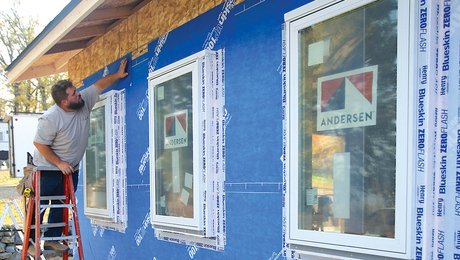
Getting the details right for a wall assembly with the control layers to the exterior and lots of drying potential.
Featured Video
Builder’s Advocate: An Interview With ViewrailHighlights
"I have learned so much thanks to the searchable articles on the FHB website. I can confidently say that I expect to be a life-long subscriber." - M.K.
Fine Homebuilding Magazine
- Home Group
- Antique Trader
- Arts & Crafts Homes
- Bank Note Reporter
- Cabin Life
- Cuisine at Home
- Fine Gardening
- Fine Woodworking
- Green Building Advisor
- Garden Gate
- Horticulture
- Keep Craft Alive
- Log Home Living
- Military Trader/Vehicles
- Numismatic News
- Numismaster
- Old Cars Weekly
- Old House Journal
- Period Homes
- Popular Woodworking
- Script
- ShopNotes
- Sports Collectors Digest
- Threads
- Timber Home Living
- Traditional Building
- Woodsmith
- World Coin News
- Writer's Digest
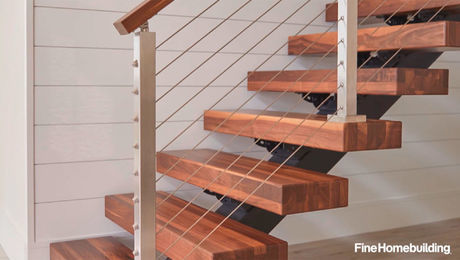
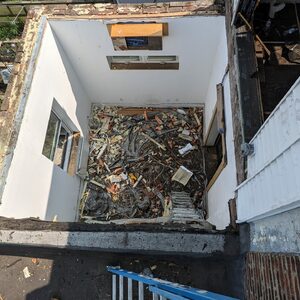
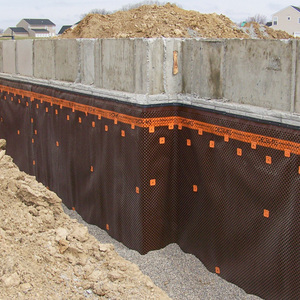

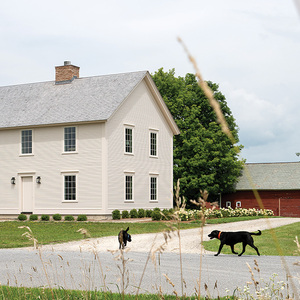













Replies
*
Very very bad idea, for a lot of reasons.
First of all, pressure washers will shread the wood of your
siding or trim. Sure some loose paint will fly off but so
will the softer part of the wood grain. I have been trying
to restore an old farm house that was pressure shreaded. You
can easily trace every movement of the wand.
Secondly, you will be injecting a lot of water into the
wood. The chief reason that paint fails is because of
mosture inside the wood. New paint will not adhere if there
is water trying to gas out. It will be pushed off.
Thirdly, the pressure of the jetstream will find cracks in
the siding or seams around windows and it will infiltrate at
a tremendous rate. Any insulation which has been lovingly
placed will be wadded and shoved out of the way not to
mention left to soak for weeks. Hello mold and mildew.
Finally, there is no decent way to collect the shreads of
paint (probably lead) after they have been launched by water
pressure measured in 4 digets.
I know it seems tedious to remove it any other way but trust
me it, pressure washing is not the way to go. Save it for
stripping gunk off of your e
*
I have to agree. As a professional painter (amongst other thins) I can tell you from a pro's standpoint - DON'T DO IT
Stripping paint with a pressure washer is nothing more than a bad shortcut. Ditto on all the resons stated above about water penetration, wood shredding, etc...
Look at ads for pressure washers. They will never show you someone stripping paint off of old houses with their product. They know better.
Proper prep work is tedious, slow, and painstaking. As much as everyone hates to do it, it is a must if you want a proper, long lasting paint job.
As for the question about sanding AFTER pressure washing, the answer is most definitely yes. You will have to sand because the wood will fuzz up. Then you'll probably have to scrape the loose paint that comes loose a day or two AFTER you pressure washed anyway.
Been there, done that...
James DuHamel
*
Thanks for the advice guys you saved me a mess.
*
I'm planning on repainting my house this spring,
and was wondering if pressure washing the peeling
paint would do more harm than good.
If pressure washing would be worth while, would
i have to follow it with a sander?
*
We were living in a rental house while building ours. The Landlord hired a fellow to pressure wash the house as he was getting ready to sell it. The house had aluminum siding which had been in place for a long time. The pressure washing drove so much moisture into the house that the walls had mildewed by spring. This was the second winter in the house so we knew it was the pressure washing that did it. I would never have it done to my house.